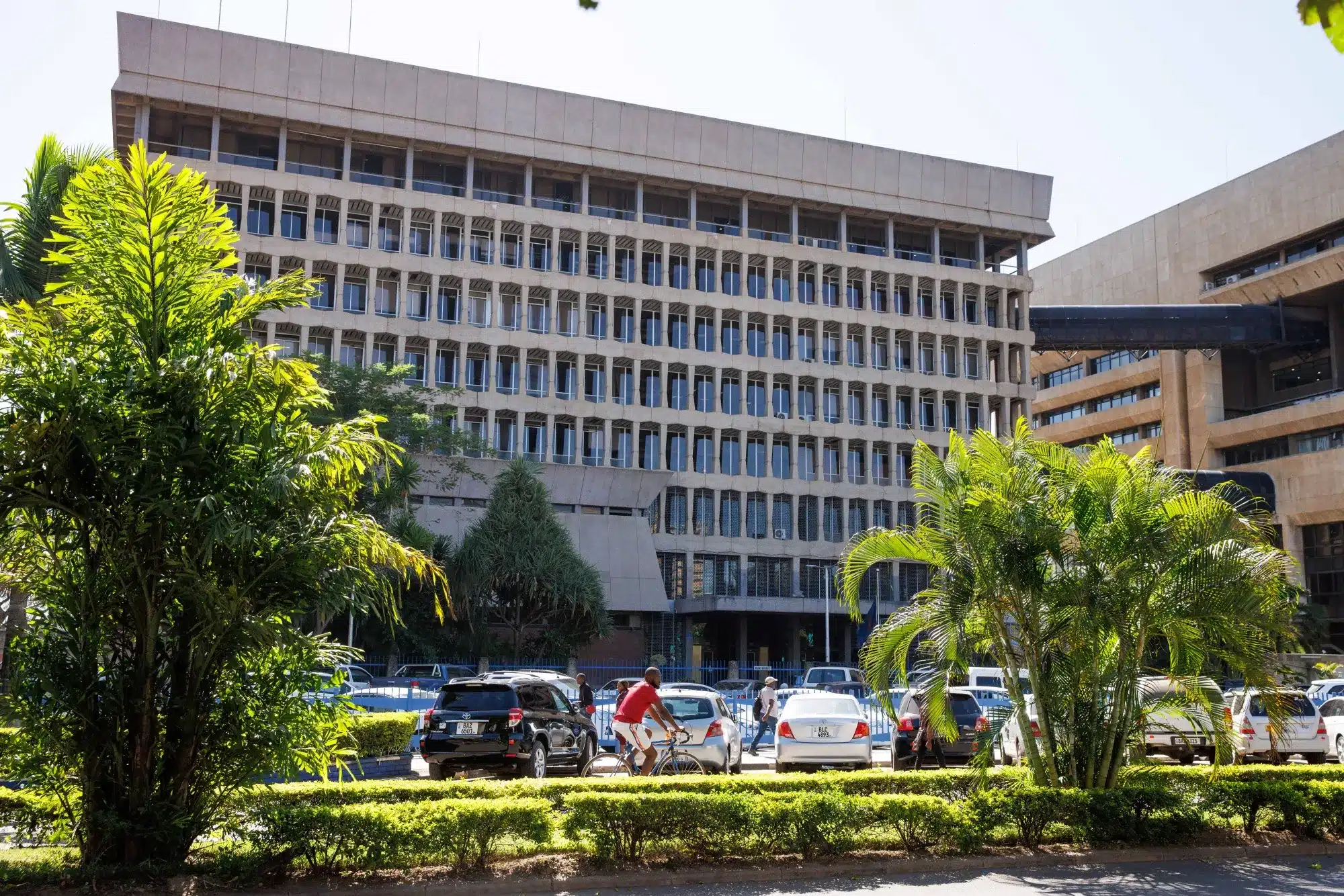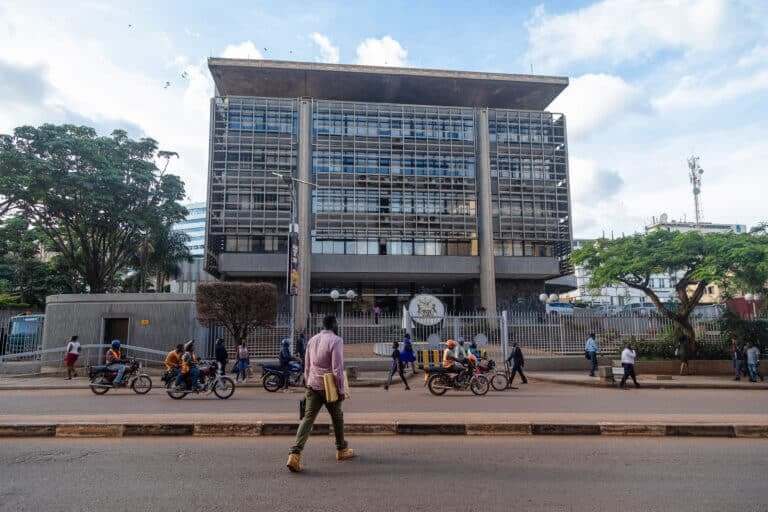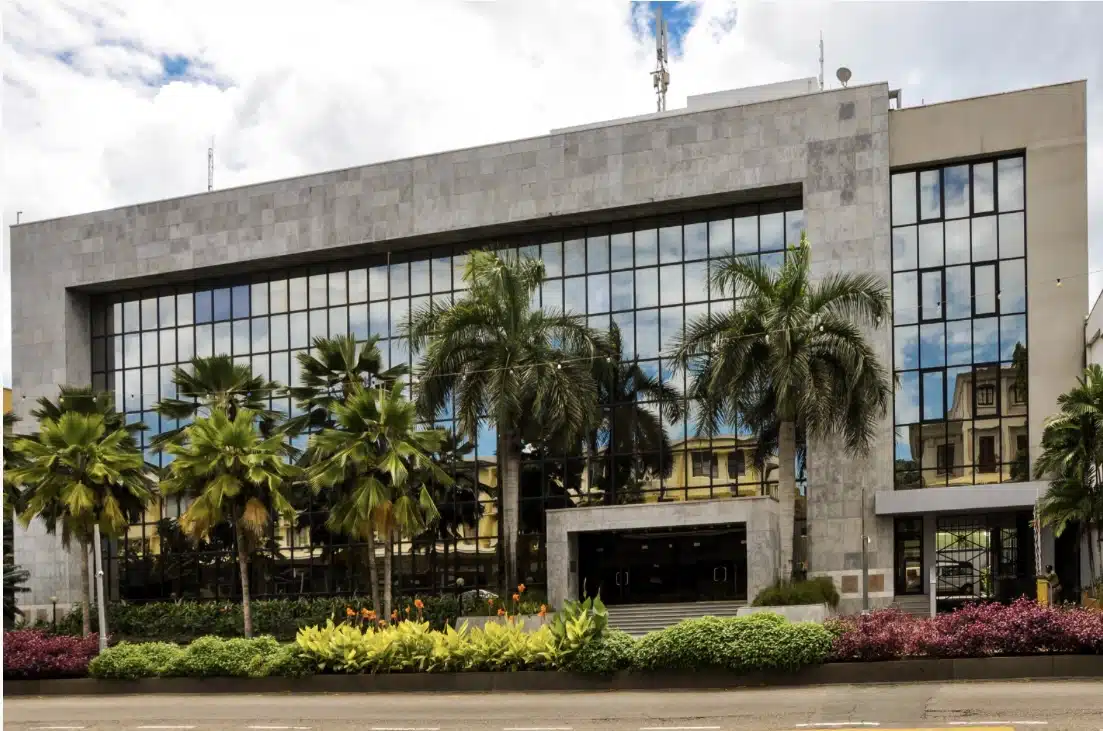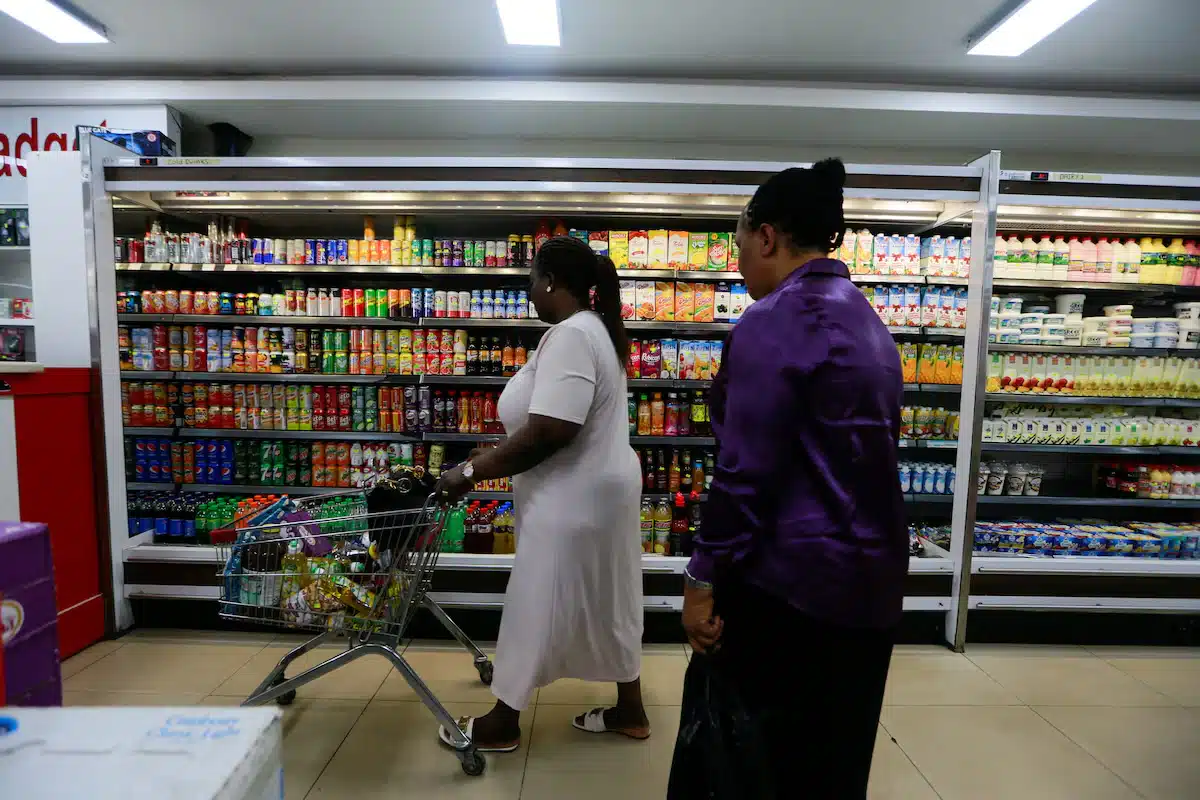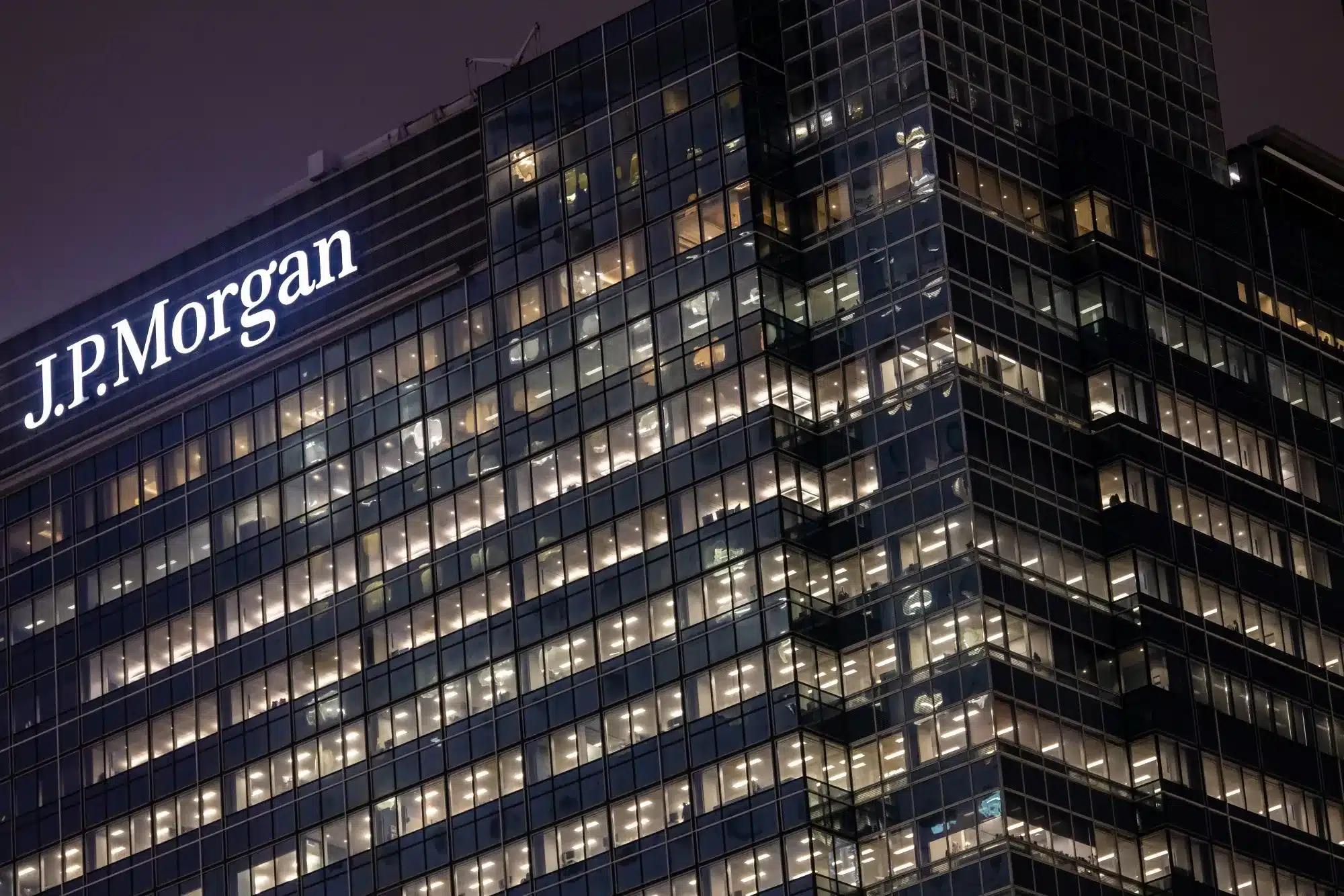The Central Bank of Nigeria (CBN) held its benchmark monetary policy rate at 27% at its 303rd Monetary Policy Committee (MPC) meeting on Tuesday, pausing its easing cycle despite seven straight months of falling inflation.
The majority decision follows a September 50-basis point rate cut — the first in five years — which marked a turning point from one of the most aggressive tightening cycles in the bank’s history.
Markets had expected another dovish shift or modest rate cut in November, given inflation’s steady descent and recent naira appreciation, making the hold a surprise for many analysts.
The MPC’s decision leaned heavily on preserving policy credibility and ensuring earlier tightening measures filter through the economy.
“The committee’s decision was underpinned by the need to sustain the progress made so far towards achieving low and stable inflation,” Governor Olayemi Cardoso said at a press conference in Abuja, the nation’s capital.
He added that maintaining the rate would allow “the effect of previous policy rate hikes to sufficiently transmit to the real economy and further reduce prices.”
Nigeria’s pause echoes the Bank of Uganda’s decision earlier this month to keep its key lending rate unchanged at 9.75% for the fifth consecutive policy meeting, despite inflation falling to a seven-month low in October.
Uganda’s central bank said the decision reflects its mandate of containing inflation while supporting sustainable growth, consistent with Nigeria’s rationale to lock in disinflation gains without easing financial conditions too soon.
Beyond the rate hold, the CBN adjusted key liquidity instruments to reinforce a restrictive stance.
The bank narrowed the upper bound of the standing facility corridor around the MPR to +50 basis points from +250, while widening the lower band to –450 basis points from –250.
The committee said that retaining headline policy but tightening liquidity conditions “would allow the impact of previous tight policy measures to continue in the near term amidst lingering global uncertainties.”
However, the apex regulator left the liquidity ratio unchanged at 30%, while holding the Cash Reserve Requirement (CRR) at 45% for deposit money banks and 16% for merchant banks.
Government deposits outside the Treasury Single Account remain subject to a 75% CRR, a parameter introduced to curb fiscal liquidity leakages.
Inflation cools, but caution dominates
Inflation in Africa’s most populous nation has fallen across most of 2025, with the only exception recorded in March, when price momentum ticked up briefly.
Consumer prices then resumed a downward path, declining for a seventh consecutive month to 16.05% in October 2025, down from 18.02% in September.
Food inflation slowed sharply to 13.12% from 16.87% the previous month, while core inflation moderated to 18.69% from 19.53%, driven by easing household maintenance and furnishing costs.
Still, the committee warned that progress does not yet warrant complacency.
“Headline inflation remains high at double digits, requiring sustained efforts towards moderating it further,” the MPC said. Members stressed that a premature cut could dilute tightening gains and weaken price anchoring.
External buffers support hawkish posture
The MPC pointed to strengthening external sector fundamentals as a factor giving it room to hold.
“The robust performance of the external sector, evidenced by the surplus current account balance and steady attrition to reserves, has contributed to stability in the exchange rate and moderation in inflation,” the statement noted.
Nigeria’s gross external reserves climbed by 9.19% to $46.70 billion as of November 14 from $42.77 billion at the end of September, providing 10.3 months of import cover for goods and services.
High borrowing costs
Reacting to the CBN’s move, manufacturers in Nigeria cautioned that the policy pause does little to ease financing pressures as credit conditions remain “punitive” in the industry.
In their statement, the Manufacturers Association of Nigeria (MAN) said lending rates of 30–37% continue to choke investment plans and erode competitiveness at a time when firms are already contending with high energy costs, weak infrastructure and worsening logistics constraints.
“Despite the reduction at the last meeting, borrowing costs of 30 to 37% remain high for manufacturers,” the group said.
The association urged policymakers to shift focus from liquidity tightening toward easing the cost of funds and reopening credit channels, noting that smaller industrial firms are the most exposed.
MAN said cheaper and more predictable financing is essential to revive capacity utilisation and support expansion, adding that the current stance risks suppressing output even as macroeconomic indicators improve.
“It is essential to reduce the cost of funds to encourage borrowing for expansion and investment,” the group said, calling for coordinated fiscal and monetary measures to stabilise the naira, expand infrastructure and deepen credit to the real economy.
The November MPC was Nigeria’s final policy meeting of 2025. Barring emergency sessions, the next rate decision will take place in early 2026 — giving the CBN policies several months to run their course, as the market watches whether inflation discipline or growth pressures dominate the bank’s first call of the new year.




